10 People Who Accidentally Discovered Priceless Treasures
History, Lists, Other, ShockingArchaeologists can spend their entire career searching for ancient treasures and hidden items of historical importance, yet they might never find anything. As well as copious amounts of research and hard work, one other factor is far more vital in the discovery of treasure than any other – luck. Amateur treasure hunters with metal detectors have been responsible for accidentally stumbling across some of the greatest finds of all time, finding troves that experts might not have even realized existed. In other cases, people have bought items in stores or been donated them without realizing their true value.
Declaration of Independence
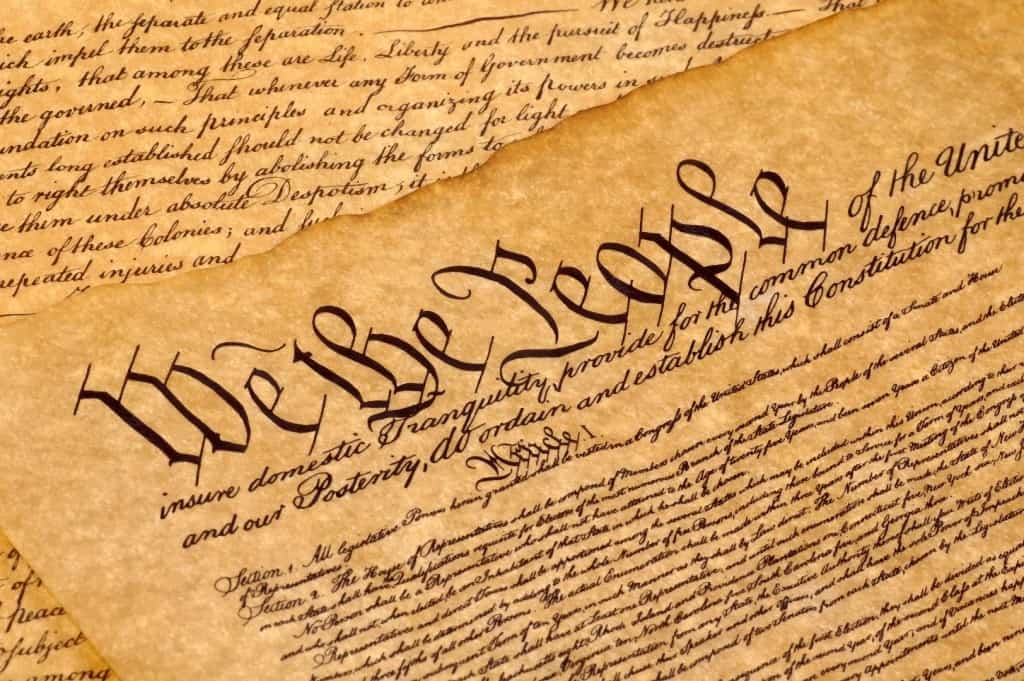
Michael Sparks was at a thrift store in Nashville buying a number of items when he came across what he thought was a modern reproduction of the Declaration of Independence and decided to buy it for just $2.48. However, after looking more closely at the document at home he realized that it looked older than he had first thought and so began to investigate exactly what it was. It turned out that it was one of just 200 original and official copies of the Declaration of Independence, being only the 36th example that has been found. It was later sold at auction and achieved a price of $477,650.
The Rosetta Stone
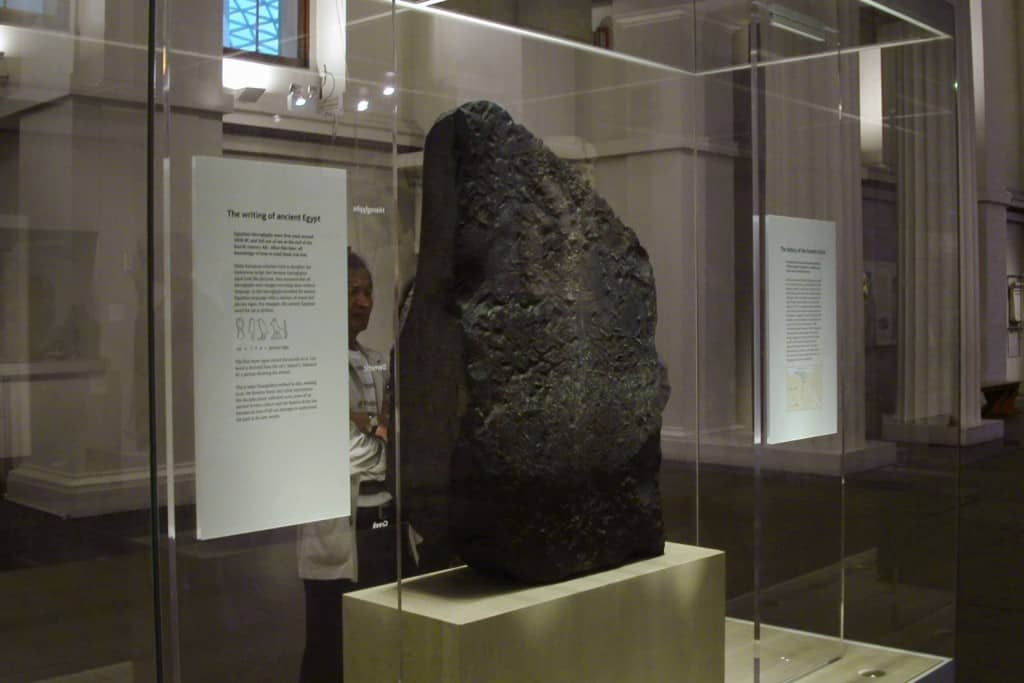
The Rosetta Stone was essential in allowing historians to finally decipher Egyptian hieroglyphics, as it contains the same text in three different languages. Despite its huge important on the understanding of ancient Egypt though, it was found completely by accident when French soldiers on an expedition with Napoleon attempted to knock down some walls to expand a fort. The slab was then taken back to Europe where it was studied, allowing experts to translate the hieroglyphics into modern language.
Ringlemere Cup
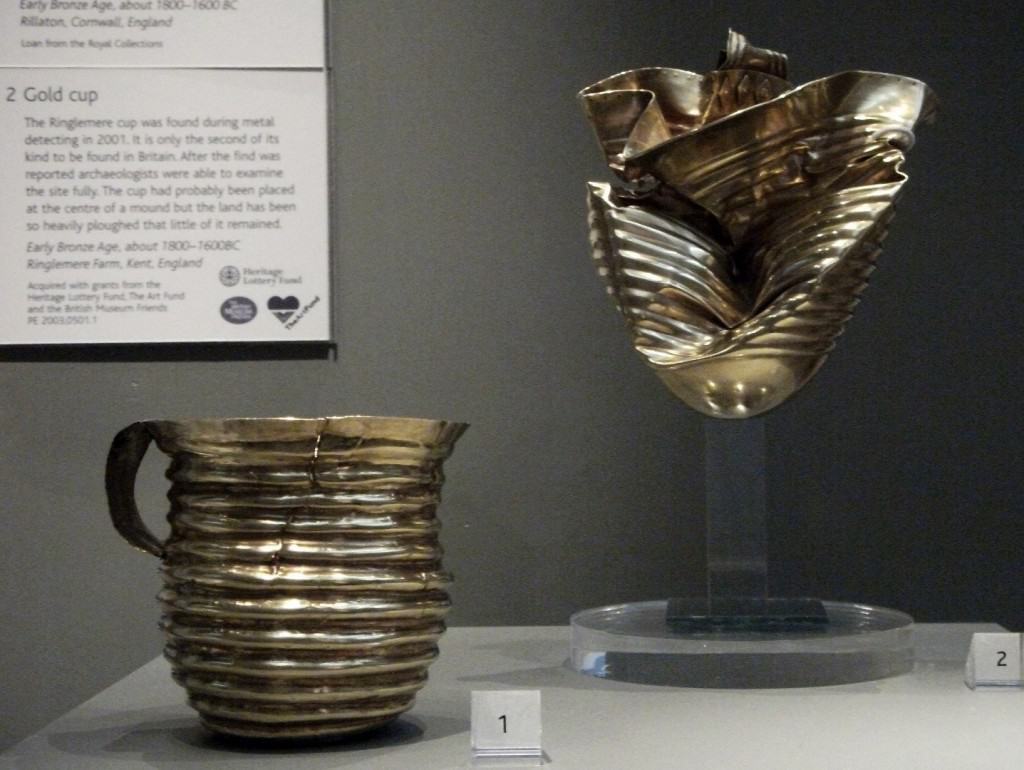
Cliff Bradshaw found the Ringlemere Cup accidentally in 2001 when he was using a metal detector. Bradshaw was not looking for any particular items but had made an agreement with the owners of the land to search the fields. The golden cup originates from a date between 1700 BC and 1500 BC and stands at 14 cm high, though it has suffered significant damage. The British Museum paid Bradshaw and the Smith family $520,000 for the cup in 2002.
The Uncle Sam Diamond
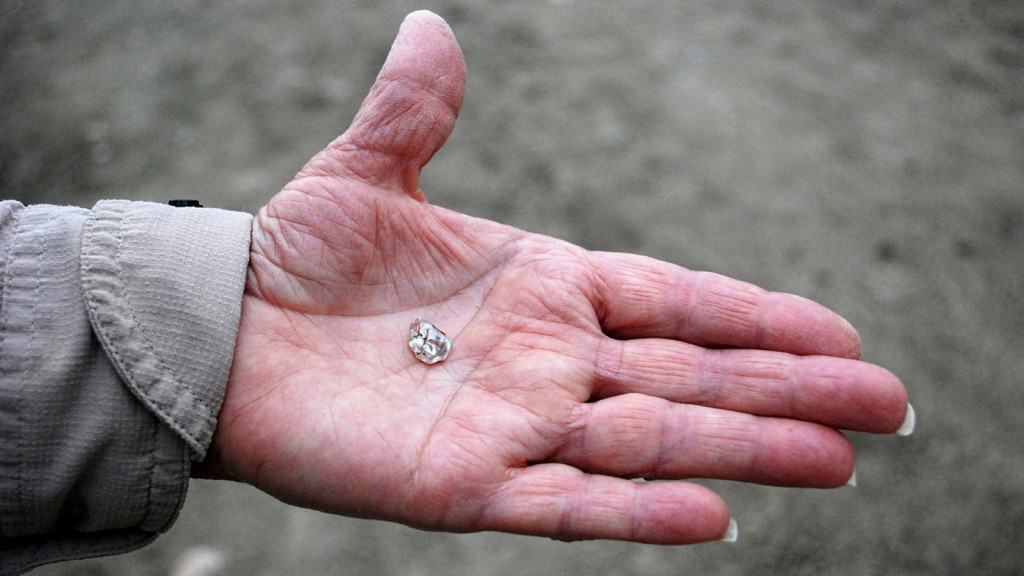
The Uncle Sam Diamond was discovered in a park that is now known as the Crater of Diamonds State Park. W. O. Basham was out walking in the area in 1924 when he came across the large gemstone. After it was cut down to 12.42 carats, it was eventually sold in 1974 for a fee of $800,000 when adjusted for inflation. The Arkansas park is actually filled with precious stones and visitors find diamonds almost every single day.
The Venus de Milo
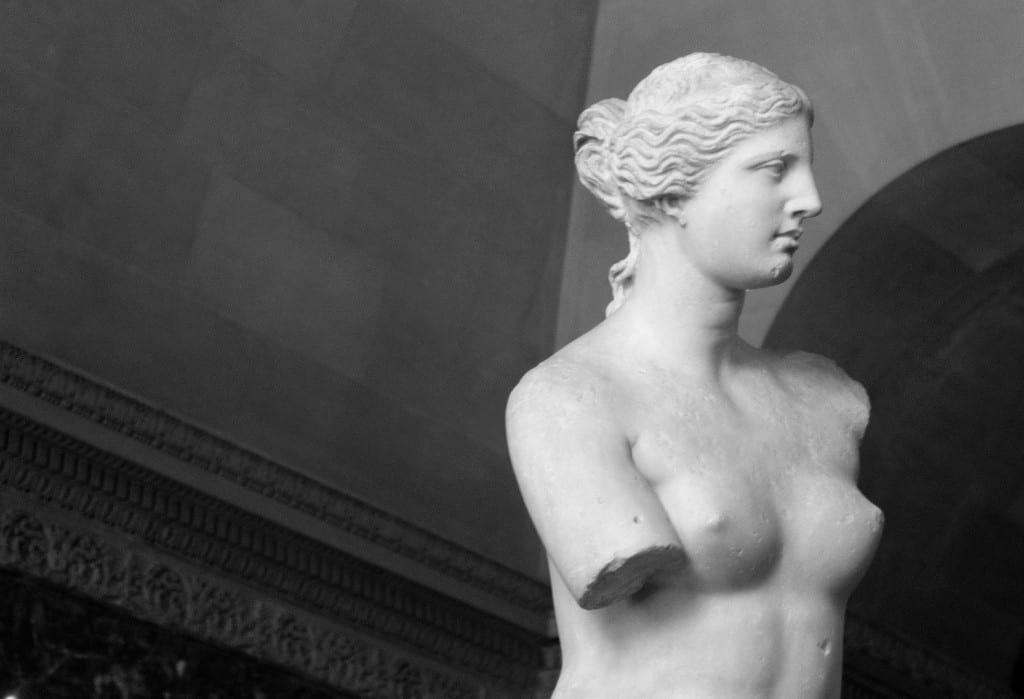
The Venus de Milo was discovered when a farmer was searching for white stone to build a new wall. He came across the statue in two large pieces and was able to unearth them thanks to the help of a French naval officer who was on the island looking for archaeological dig sites. Word of the find spread around the local area, prompting another French sailor to purchase it off the two men and take it back to France. It now stands in the famous Louvre museum in Paris.
Magnolias on Gold Velvet Cloth

Looking to find something to cover a hole that had been made in his wall, an anonymous man from Indiana spent $30 on a nice looking painting of some flowers. Months later when he was playing a board game about artwork, he saw a card that resembled his picture, leading to him believing that it may have been a piece by artist Martin Johnson Heade. The Kennedy Galleries were able to verify to painting was genuine after some investigation and the Museum of Fine Arts purchased it for $1.25 million.
Hoxne Hoard
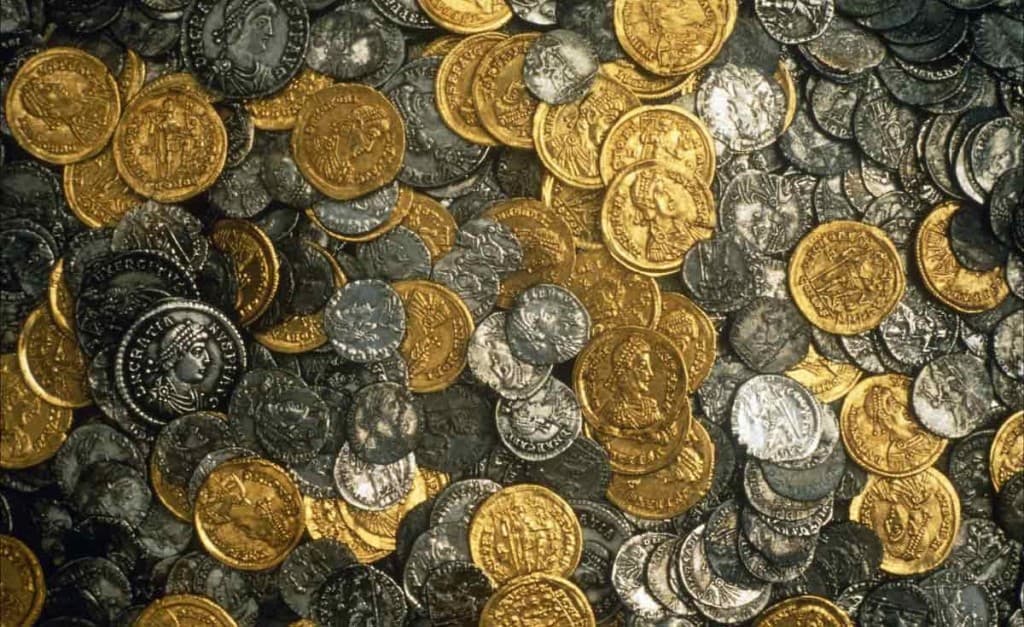
When a farmer lost his hammer in one of his fields in England, he asked his friend Eric Lawes to search for it using his metal detector. While he was out looking for the tool, Eric came across a treasure trove that contained a large collection of coins, including 565 gold coins and 14,191 silver coins. They reported the find to the local authorities who then paid the pair $2.7 million before taking the valuables to a museum to be put on display.
Lascaux Cave
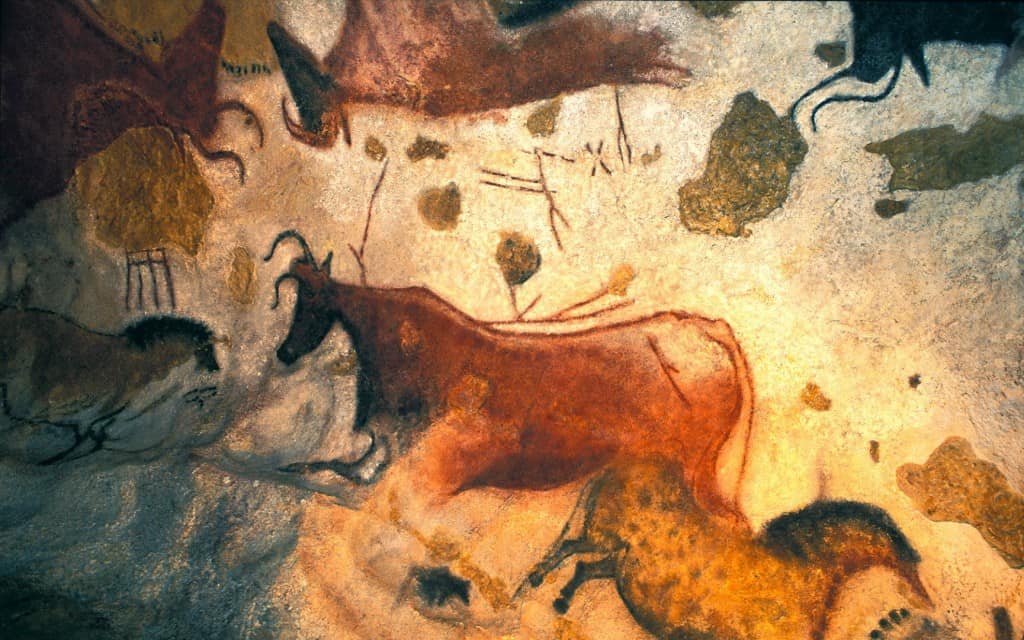
The Lascaux Cave was discovered in 1840 by an 18-year-old called Marcel Ravidat. He later brought several friends back to the entrance to explore the cave fully before informing authorities about the find. After experts investigated the cave they found hundreds of different paintings of various animals and estimated that they had been created some 17,300 years ago. The cave is now closed off to the public in an attempt to preserve the painting from mold and fungus.
Middleham Jewel

While out walking along a footpath in the North Yorkshire town of Middleham, Paul Kingston and Ted Seaton came across a gold pendant with their metal detector. From the late 15th century, the piece of jewelry had a 10 carat sapphire stone and 68 grams of gold inscribed with a representation of the nativity scene. The Yorkshire Museum paid the pair $4 million for the pendant so that they could display it in York.
Tomb Of Chinese Emperor
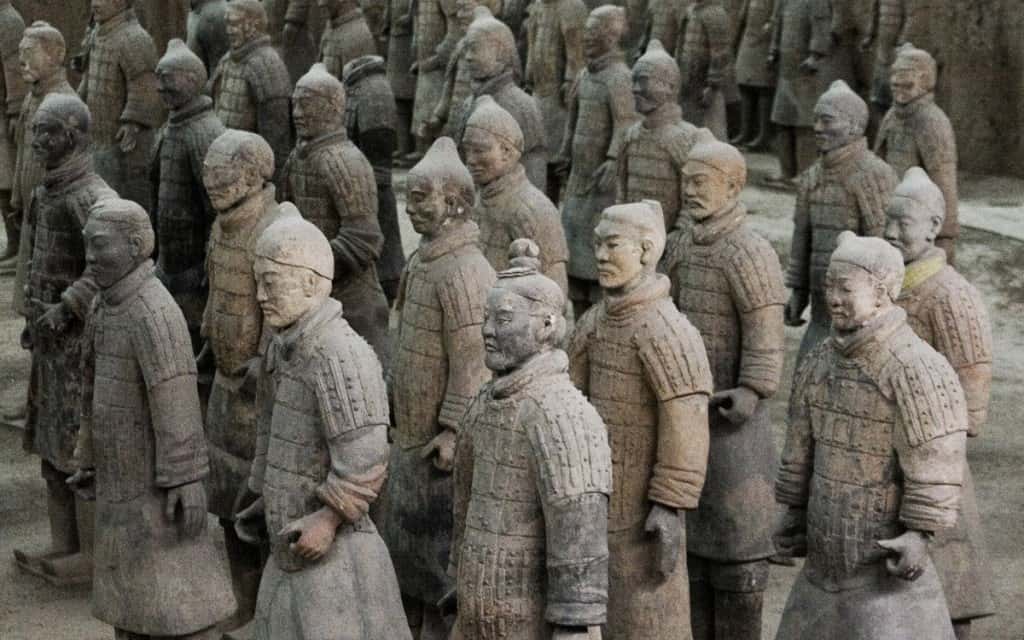
When digging into the ground to create a new well in 1974, a group of Chinese farmers discovered one of the most important archeological finds in the history of the country. They had accidentally unearthed the tomb of Emperor Qin Shi Huang, a 3rd century leader who was the first of the Qin Dynasty. Inside the cavern were 8,000 life-size terra cotta soldiers, each with their own individual face.



